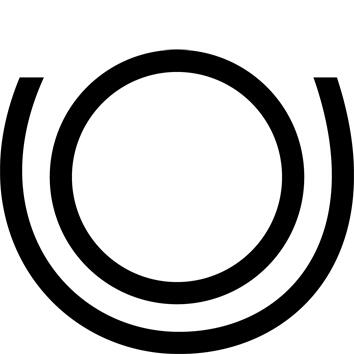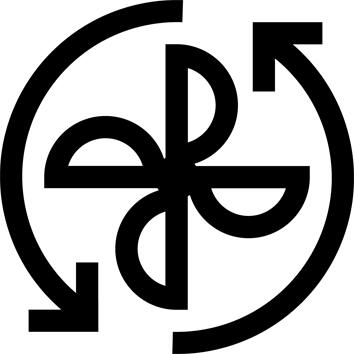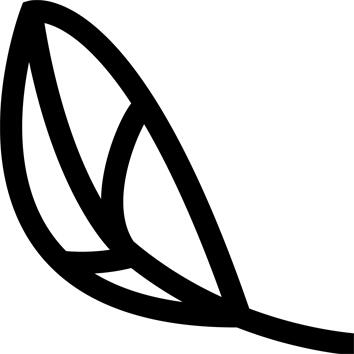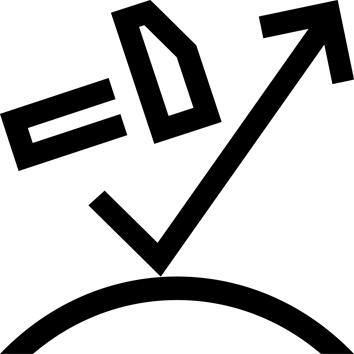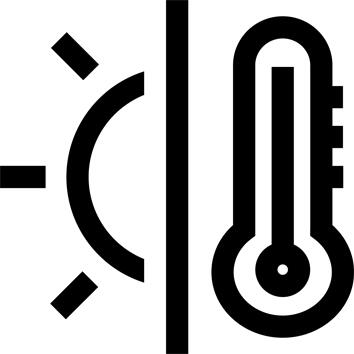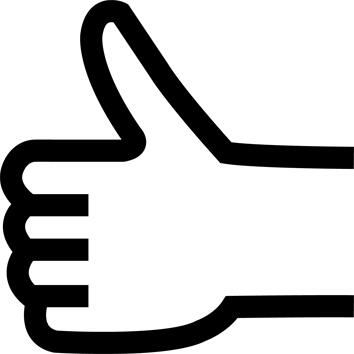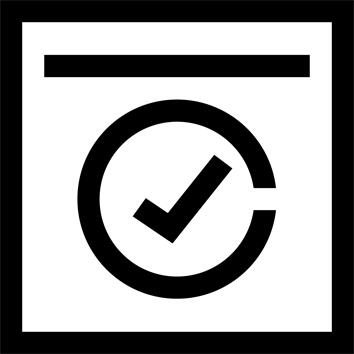COMPATIBILITY
Wedze helmets and goggles are designed to form an integrated whole.
TIGHTENING WHEEL
The tightening knob is an essential part of your child's helmet fit. This system enables easy, precise adjustment at all times, thanks to a knob that's accessible even when wearing ski gloves. It provides maximum comfort and safety. Turn the knob to the right to tighten, to the left to loosen.
ABS CONSTRUCTION
This type of construction incorporates an ABS outer shell, injection-molded to withstand powerful impacts. It is highly resistant to bumps and knocks. The inner EPS shell absorbs impact. We recommend that you change your child's ski helmet every 5 years at the latest, if he or she has not suffered a major impact in the meantime.
EN 1077 standard
European standard EN 1077:2007 applies to helmets used for head protection during alpine skiing or snowboarding. It is characterized by tests on impact absorption capacity and penetration resistance. There are 2 categories:
- Class A: Protects the top and back of the head, as well as the ears and side of the head.
- Class B: Protects the top and back of the head, but does not cover the ears.
SIZE SELECTION?
* Measure the child's head circumference in centimeters (middle of forehead just above the ears).
* Then choose the size that covers this measurement.
Example: your child has a head circumference of 49cm, so try on a helmet size 48-52cm.
TESTING
Take as much time as you need for the fitting. Your child shouldn't feel any uncomfortable points. If they do, try on another model. Always remember to let your child try on the helmet with the mask, as not all helmets fit all masks. A helmet "matches" a ski mask when there is no air space between the top of the mask and the helmet.
HEADPHONE SETTINGS
During practice, the ski helmet must be properly adjusted and fitted:
* It must be the right size.
* The head size must be adjusted using the tightening knob.
* The chinstrap must be correctly adjusted.
It's a bit like the seatbelt in a car: if it's too loose, it won't do its job and the child won't be as well protected.
SAFETY
Don't put a thick cap under your child's helmet, as it will pull the helmet away from the child's head, leaving him less well protected.
Choose a cap or balaclava under the helmet, which are very thin and won't compromise your child's safety. A helmet keeps you warm, so there's often no need to add a layer. You should also avoid adding a camera to your helmet, as this can compromise safety. The standard does not take into account the addition of elements on the helmet.
Return conditions (Specific product: Personal protective equipment)
Make sure that the product is suitable for you.
If not, return it in accordance with our conditions: with instructions, labels and, if applicable, its original packaging; it could be recycled.
